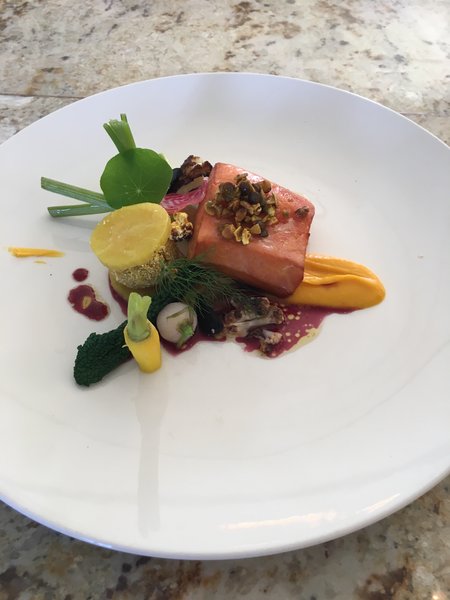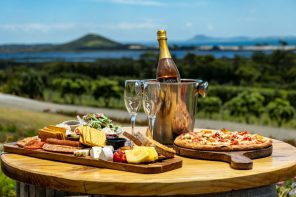You could be forgiven for making the mistake, and the North Americans don’t help by calling them ‘sweet potatoes’, but despite the apparent family resemblance, kūmara are barely related to potatoes.
Brought here by early Māori settlers over one thousand years ago from Pacific Islands, and brought to the Pacific Islands from Central and South America, this bush was widely grown, especially in the semi-tropical regions of the North Island. Pre-European Māori managed kūmara-growing with great skill, creating small mounds of dirt to assist drainage as, surprisingly for a vegetable now known as a Kiwi classic, kūmara don’t like getting wet. Māori grew several different varieties of 'bush' kūmara, but compared to the varieties we eat today, they were very small in size, being no bigger than a finger. Modern kūmara grows on a creeping vine and evolved from a larger American variety with bigger tubers and better taste which was imported in the early 1850s. The majority of kūmara is grown in Northland in the Northern Wairoa region where soil type and climatic conditions suit it perfectly.
There are different varieties of kūmara, however, only three main varieties are commercially available in New Zealand. The most common is the red-skinned, Owairaka Red, which has a creamy white flesh and is sold as Red; gold kūmara, sometimes sold as Toka Toka Gold, has a golden skin and flesh, and a sweeter taste than red; orange kūmara, sometimes sold as Beauregard, has a rich orange flesh and is sweeter than both red and gold. Beauregard kūmara can be used instead of yams in North American recipes.
Look for kūmara that are firm with smooth and unbroken skin. Date stamped product packaging gives a reliable measure of freshness. Buy regularly, no more than a week’s supply – the year-round availability of kūmara means that this shouldn’t be a problem. Kūmara should be stored in a cool, dark place that is well ventilated, but do not refrigerate. Preparation is easy - peel, wash and portion. It is not always necessary to peel kūmaras – if you’re leaving the skin on, scrub skin well and remove blemishes.
Although they wouldn’t be likely to run into each other at a family reunion, kūmara are similar to potatoes in that the possibilities are endless. Braise, bake, boil, char grill, microwave, roast, steam, stew, stir fry, stuff – take your pick. T hin kūmara slices will puff up into crisps. To use kūmara in salads, cook first until soft, and cool. Kūmara goes well with all meats and also complements fruits such as banana, pineapple, apricot and apple.
Marc Soper, executive chef at Wharekauhau Estate Lodge in Palliser Bay near Wellington, utilises kūmara in his dish of manuka bark smoked Ōra King Salmon, spiced kūmara bonbons, kūmara mandarin crème, wilted leaves and popcorn granola.
Kūmara is a source of vitamin C and a good source of niacin plus contains dietary fibre and a dietary significant amount of potassium. Being one of the highest carbohydrate containing vegetables makes kūmara an excellent source of energy. The coloured flesh and skin of kūmara supply an array of phytonutrients including phenolic compounds, flavonoids and carotenoids. Red or purple varieties contain anthocyanins (found in the skin of red varieties), and those with orange and yellow colouring are rich in beta-carotene. The richer the colour, the more phytonutrients present.






